This year I've been on a trip to Mexico again. And I've brought back platies from multiple locations.
Overhere some pictures of self caught wild maculatus platies which I've caught at a spot of the San Pedro river close to the city of Balacán, Tobasco in Mexico back in July this year. I brought back young specimens for those are more adaptive to new conditions and have a better survival potential than wild caught adults.
These platies have a strong scale pattern. Their body color varies between greyish till yellow-brownish. and they have a crescent at the start of the caudal penducle.
In the meantime that I had them at my place, the grownig pace differs per individual specimen.
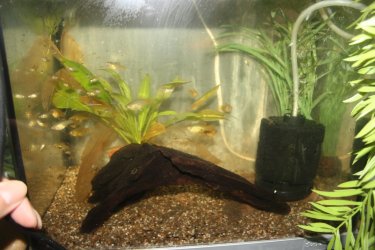

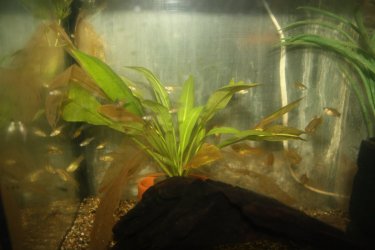
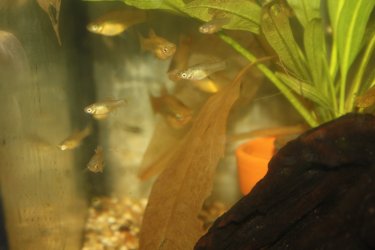
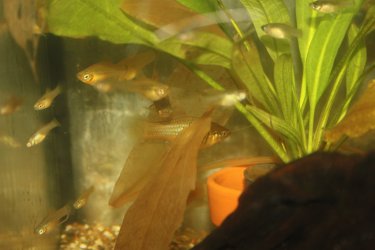
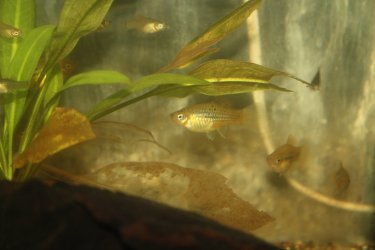

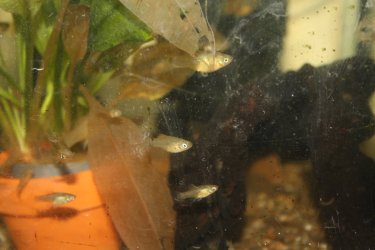
I've already shared some with a friend breeder of mine in case my population dies for some reason. Spreading the chances of succes...!
Overhere some pictures of self caught wild maculatus platies which I've caught at a spot of the San Pedro river close to the city of Balacán, Tobasco in Mexico back in July this year. I brought back young specimens for those are more adaptive to new conditions and have a better survival potential than wild caught adults.
These platies have a strong scale pattern. Their body color varies between greyish till yellow-brownish. and they have a crescent at the start of the caudal penducle.
In the meantime that I had them at my place, the grownig pace differs per individual specimen.








I've already shared some with a friend breeder of mine in case my population dies for some reason. Spreading the chances of succes...!

